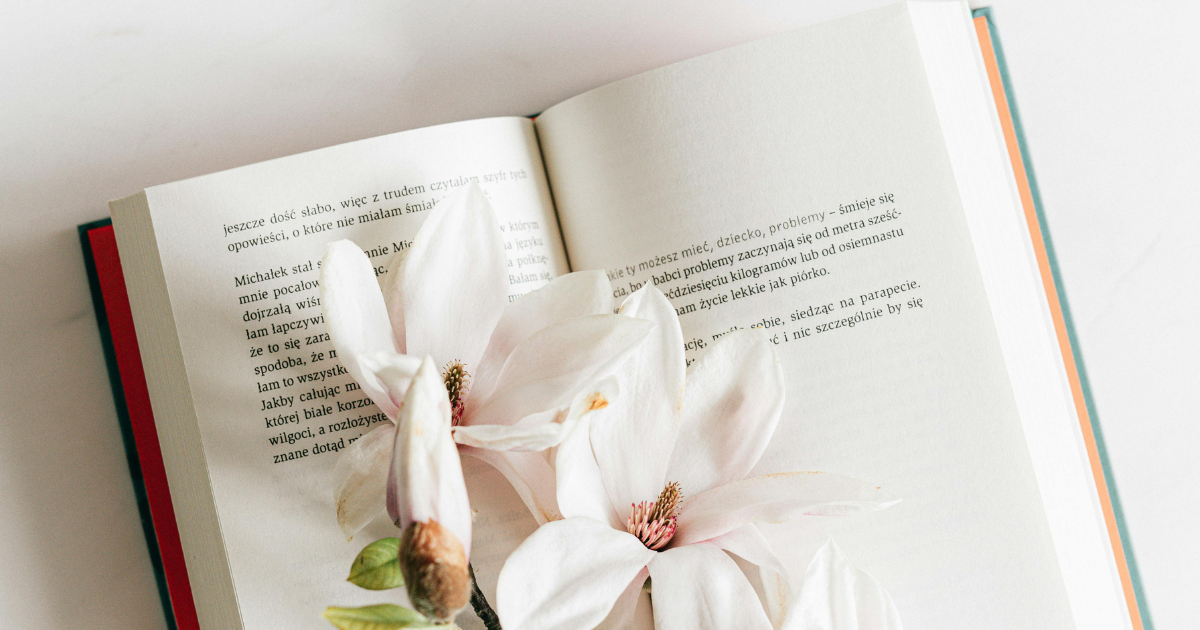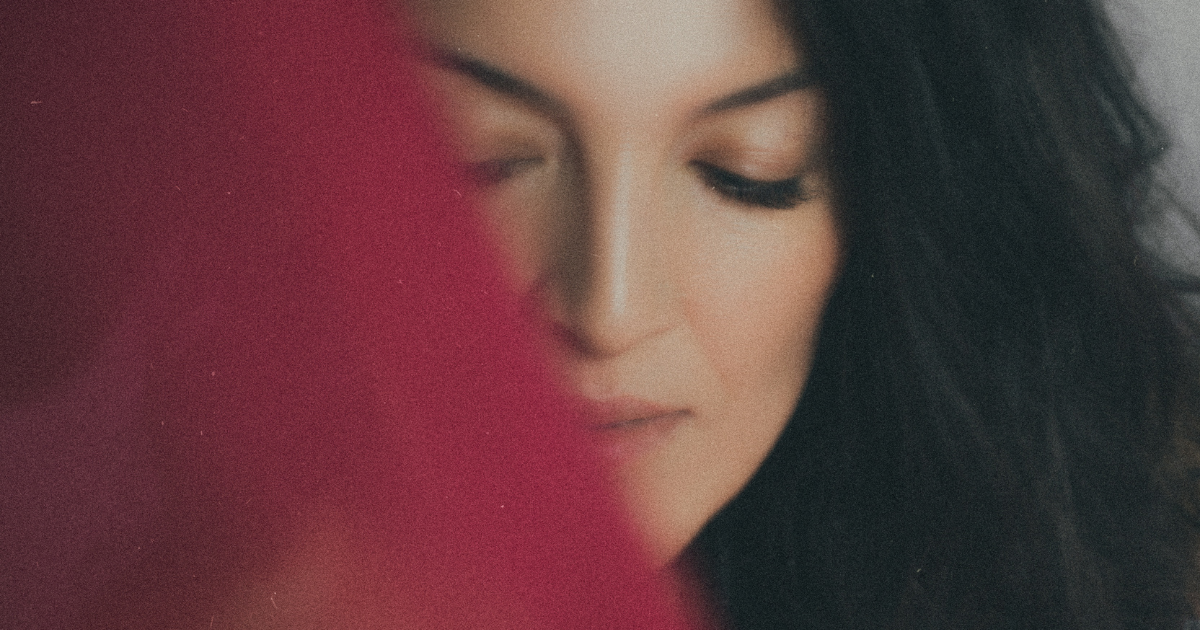Leonardo da Vinci and his eternal tomorrow
Who would Da Vinci be if he lived today
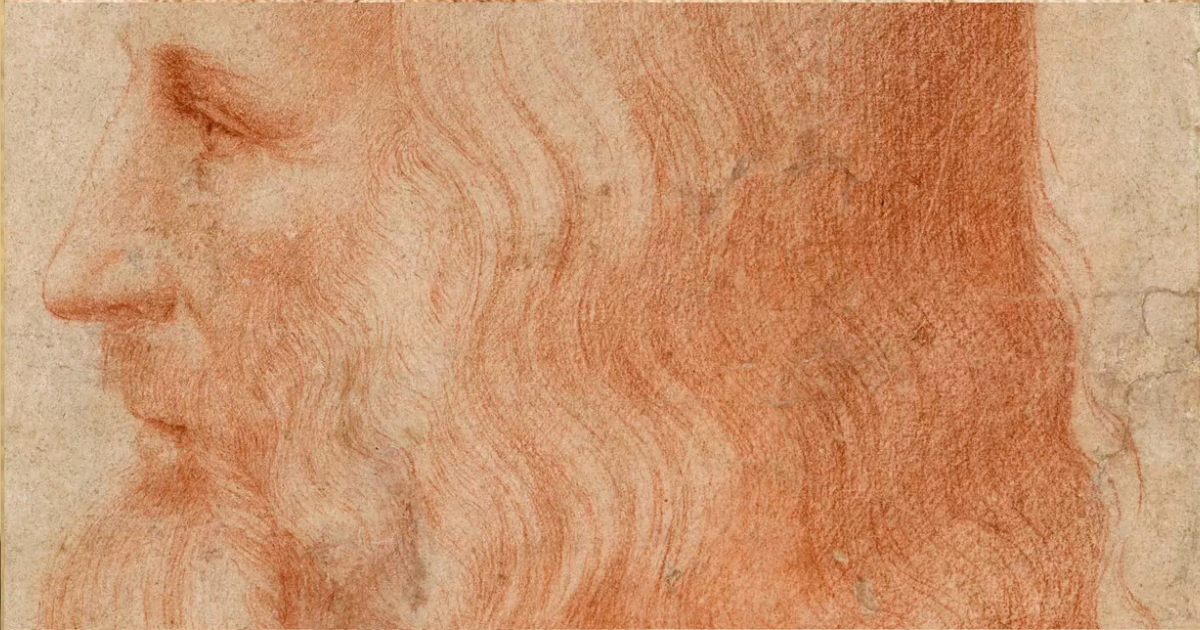
Do you smile to tempt a lover, Mona Lisa? Or is this your way to hide a broken heart? – as Nat King Cole once sang.
Indeed, centuries pass, and the painting that hangs alone in the grand, solemn hall of the Louvre – now yellowed and nearly translucent with age – continues to draw millions of eyes. It seems to breathe time. And behind her half-smile, like behind a veil, we still search for answers: La Gioconda, her, and him, Leonardo.
His name became a synonym for boundless curiosity. Da Vinci is a window thrown open into infinity.
On how grow those, who see differently
April 15, 1452, Tuscany. A small village called Anchiano near the town of Vinci, nestled among olive groves and rolling Tuscan hills. No omens, no signs. Just a child. The illegitimate son of notary Piero and lower-class woman Caterina. He would not be given a surname – only a name: Leonardo, from Vinci.
He grows up among fields, streams, and birds. And this is not just poetic imagery – a childhood spent in nature quite literally shaped his vision. He observes the light glinting off feathers, water dripping down leaves, and the motion of a wing mid-flight. All of this would later transform into sketches, diagrams, and paintings. But in childhood, it’s simply a world he longs to understand.
Leonardo began drawing at an early age – not because anyone taught him but because he simply could not live a day without drawing. Paper, clay, wood – everything became a surface for his curiosity. He asked too many questions, and for nearly all of them, he tried to find the answers himself.

Photo: Creative Commons
Verrocchio and the first triumph over reality
When Leonardo is about fifteen, his father takes him to Florence – to the workshop of Andrea del Verrocchio. It’s one of the finest art schools of the era. Here they craft sculptures, design costumes, and engineer machines. And here, the young Leonardo receives his first true education.
Training under Verrocchio is a school of slow, thoughtful labor. Leonardo observes, experiments, and remembers. He helps in the workshops, draws details, and works with metal. According to legend, one day he paints an angel on his master’s canvas with such subtlety that Verrocchio never picks up a brush again.

Photo: Uffizi Gallery
Within these walls, his style takes form – not just as a painter but as a thinker. He learns to see form, to feel matter, to explain to himself and the world how things are made. Works from this time – “Annunciation” and “Madonna of the Carnation” – already breathe with his unique light. But this is only the beginning. Inside, there are still too many questions.
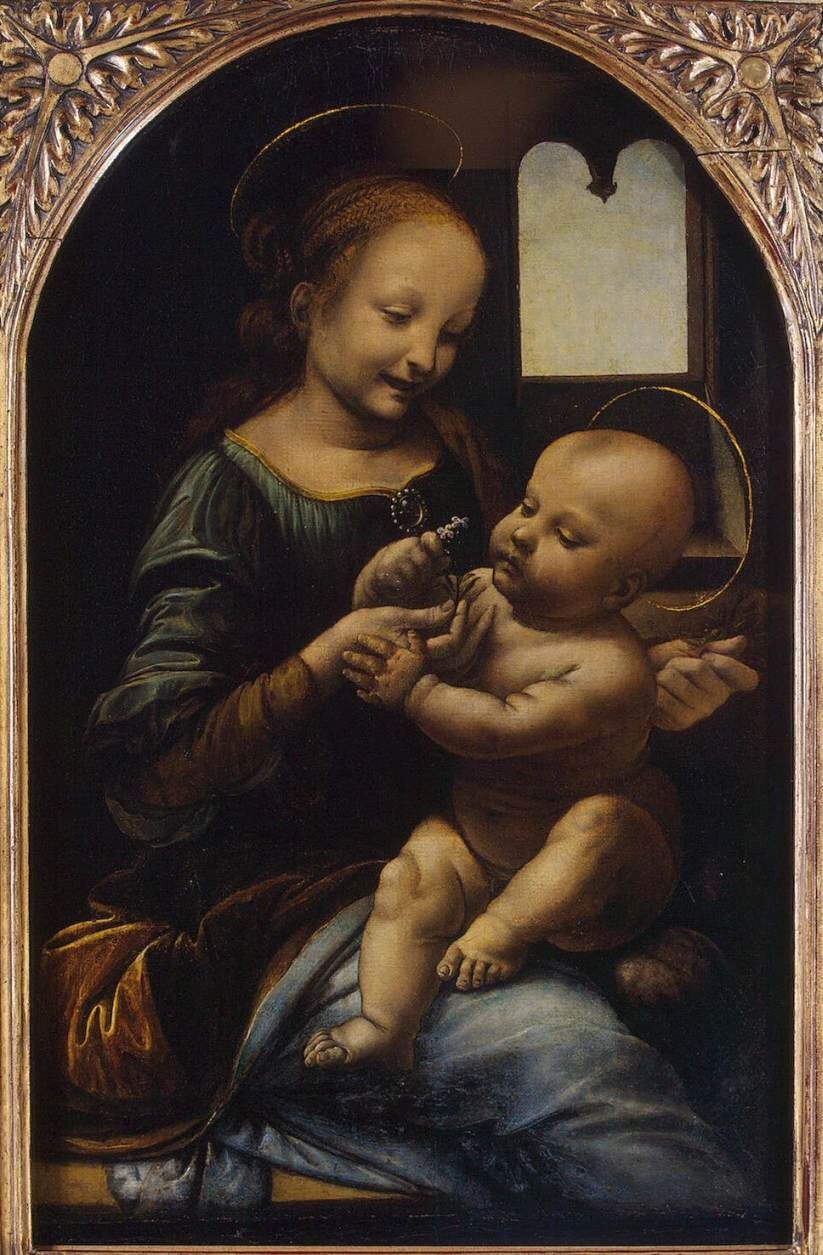
Photo: Hermitage, Saint Petersburg
The start of his own path
Florence is left behind. In 1482, the young master travels to Milan – a city of ambition, opportunity, and endless construction. He arrives at the court of Ludovico Sforza – not as a painter, but as an engineer. In his letter of introduction, he lists military machines, bridges, canals, and fortification ideas. Paintings come only at the end. He knew how to surprise.
Milan in those days is a stage for secular dramas, tournaments, and festivals. Leonardo becomes the director of this spectacle. He designs costumes, invents mechanical props for performances, and organizes banquets with moving sets and lights. It seems like magic but it’s always mathematically calculated.
Meanwhile, masterpieces are born. The “Virgin of the Rocks”, the first of two versions turns the rocky landscape into part of the composition’s breath. Gaze, gesture, shadow – everything is built like there is no boundary between figure and space. He works with light like a conductor with silence. All of this leads to his main monument of the time.
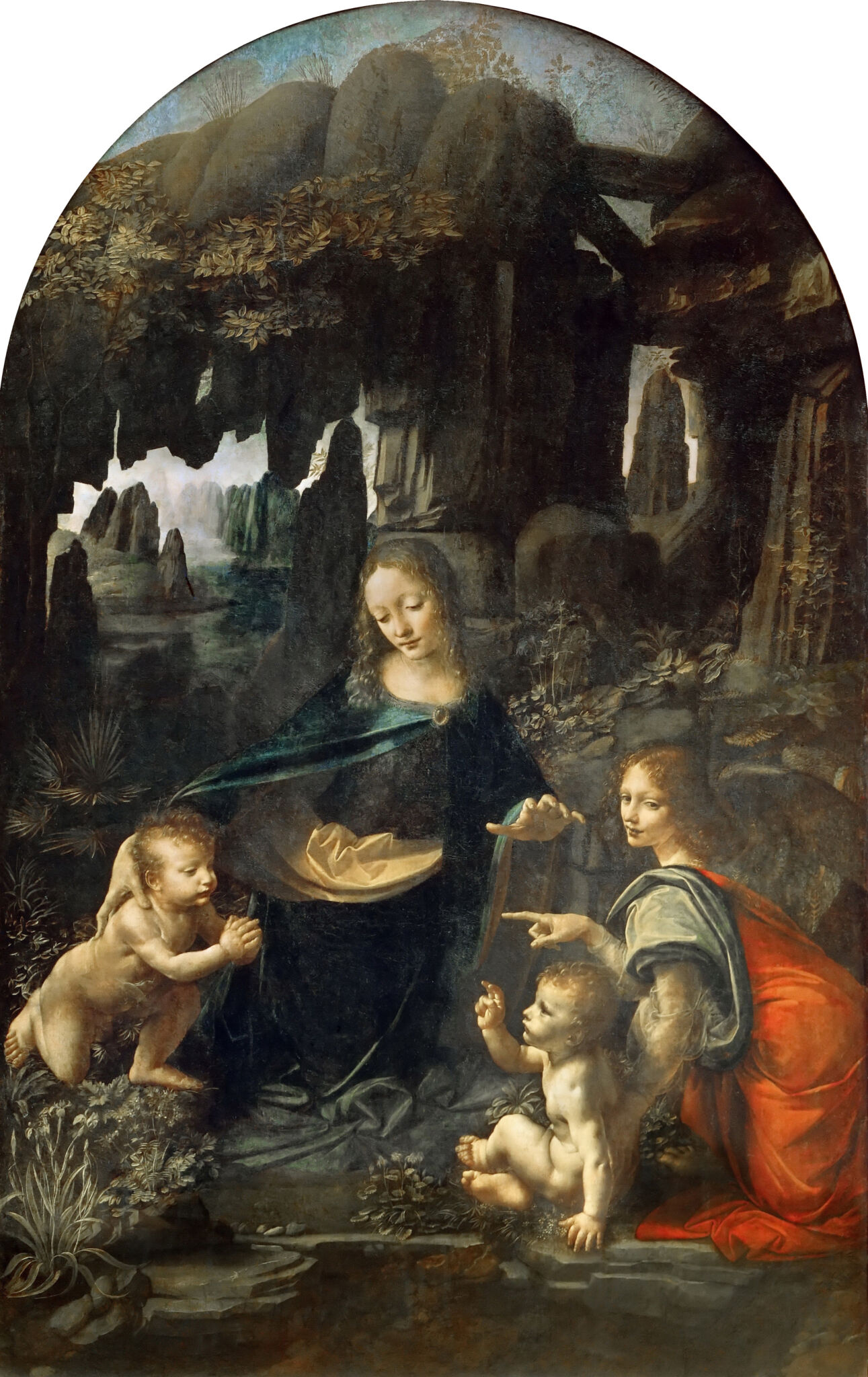
Photo: Louvre
He is increasingly uninterested in finished forms. He is drawn to investigation. He begins to study light and shadow. This is when he first experiments with what will later be called “sfumato” – a soft, almost musical transition between light and dark. His signature: a delicate haze enveloping the faces of his figures. No harsh lines. No separation between light and shade. Everything breathes, everything moves.
Researcher of everything
Perhaps there has never been anyone in history whose curiosity stretched so hungrily and patiently in all directions – from muscles to mills, from whirlpools to screws. After Milan, Leonardo’s life dives deeper into notebooks – quiet, mirrored pages filled with words and lines like the skin of time. He seems to be trying to take the universe apart to rebuild it, make it clearer, more precise, more beautiful.
Anatomy becomes a kind of trust. Inside the human body, he seeks meaning: he dissects, studies, and draws muscles, vessels, bones. The heart is no longer a symbol, but a pump. The embryo – life’s first manifestation, still unnamed. All of this is recorded in mirror writing, as if not for contemporaries, but for a future that will one day understand.
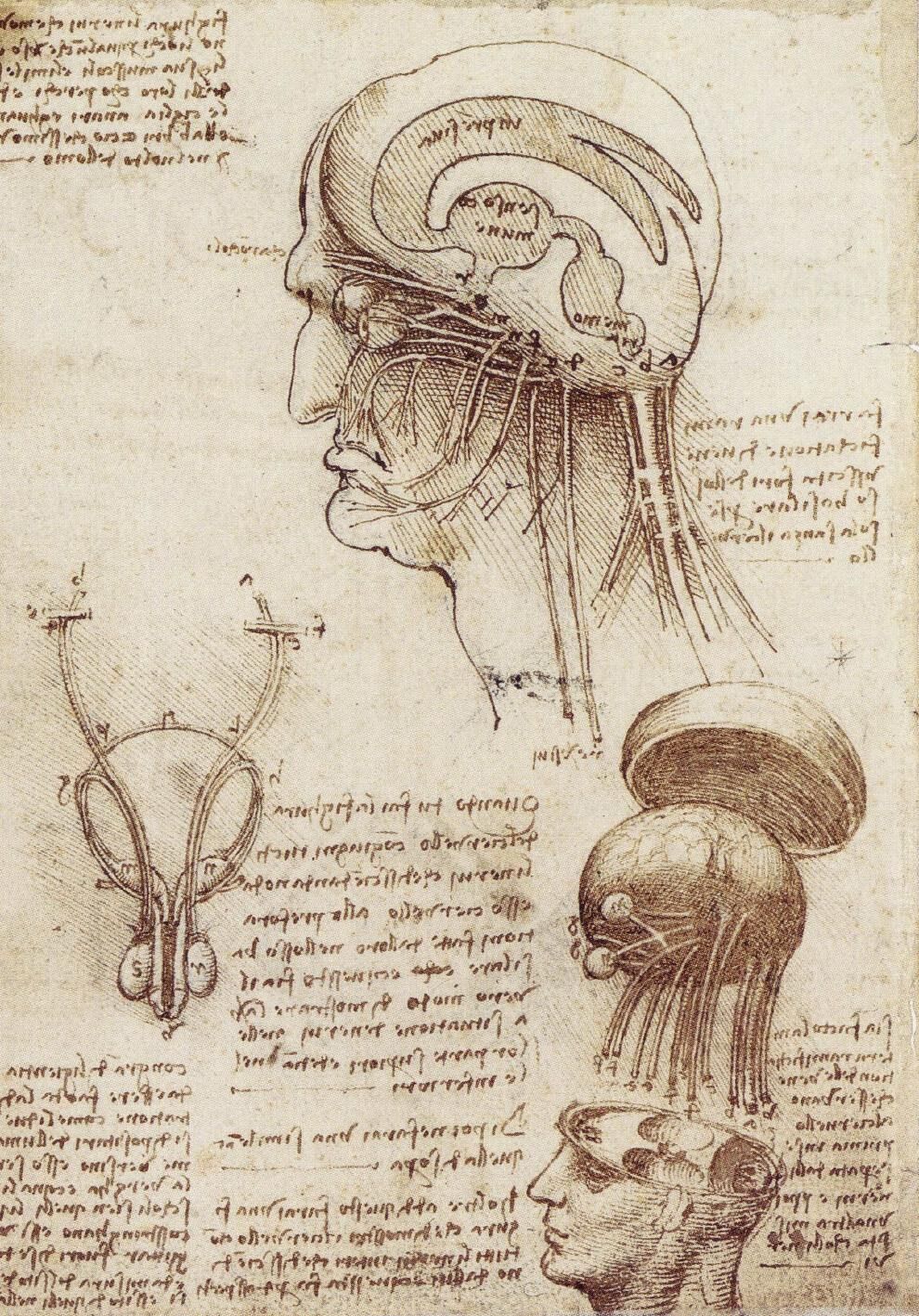
Photo: The University of Warwick
The University of Warwick
Natural phenomena become his subjects too. Especially water. He watches it flow, clash, pool, and reflect. In its motion he discovers mathematics; in its sparkle – the philosophy of light. From these observations emerges a unique visual sensibility: the sfumato, that tender mist between shadow and shine, where boundaries vanish and poetry begins.
For Leonardo, research is a way to stay in touch with life. He did not seek immortality nor long for recognition. He sought accuracy, harmony, and the right to ask questions. That was his art.

Photo: Royal Collection
Return to Florence. La Gioconda
The early 16th century brings him back to Florence. The city that once set him on his path now welcomes a mature thinker. It is during this time that one of his most enigmatic and deeply personal works is born – the portrait of Lisa del Giocondo. A small canvas that, against custom, is never delivered to the patron. The painting stays with him. Until the end.
In her gaze – serenity, in her smile – an infinite question. He calls her his music, his science, his light. What was meant to be a merchant’s wife’s portrait becomes the essence of his philosophy. Here lies everything: sfumato, masterful light and shade, anatomical accuracy, elusive asymmetry.
He carries the portrait with him from city to city. As if she were the map of his inner world. As if, by looking at her, he better understands how a human heart works.
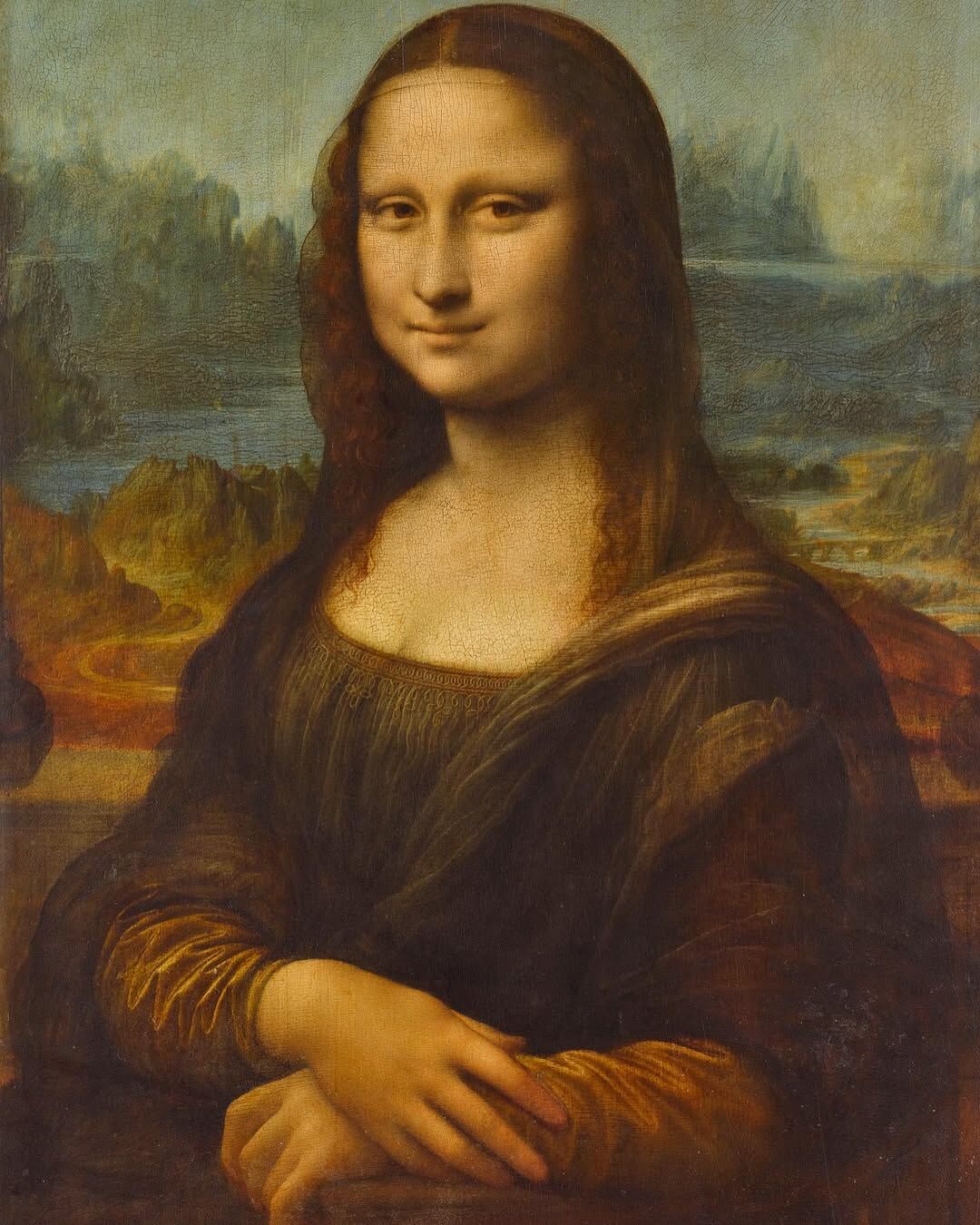
Photo: Louvre, Paris
Final steps
When the French king Francis invites him to court, Leonardo agrees. He no longer seeks patrons or inspiration. At Château du Clos Lucé near Amboise, he is gifted peace. A labyrinth of gardens, notebooks, old sketches, students who still gaze at him in wonder. There’s no more rush. Just thought.
Painting slowly fades. In its place – canal blueprints, bone studies, musings on the voice, on breath, on how light moves across paper. He no longer creates so much as he contemplates. The world, once so complicated, now rests in soft lines. Everything is in its place.
On May 2, 1519, he departs – without drama, without goodbyes. As if he had simply closed his notebook.
To fully understand Leonardo may never be possible. But to feel him is easy. Like air. Like light. Like that smile you cannot describe but can never forget.
